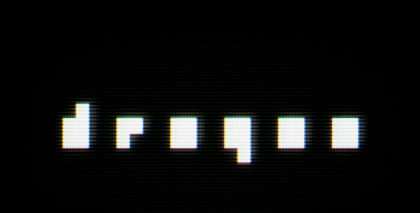I felt strangely exhausted by Salmon Run : it seemed like a futile effort, struggling to fight bosses, collect eggs, and whatnot. The end goal was not in sight. Then there was a shift. One wave on Gone Fission Hydroplant it struck my once-tired brain that if we just killed each boss before they had a chance to pile on more, the usual chaos of Salmon Run would be reduced to a simple boss rush... kill one after the other.
This tweaked my mental model.
This tweaked my mental model.
